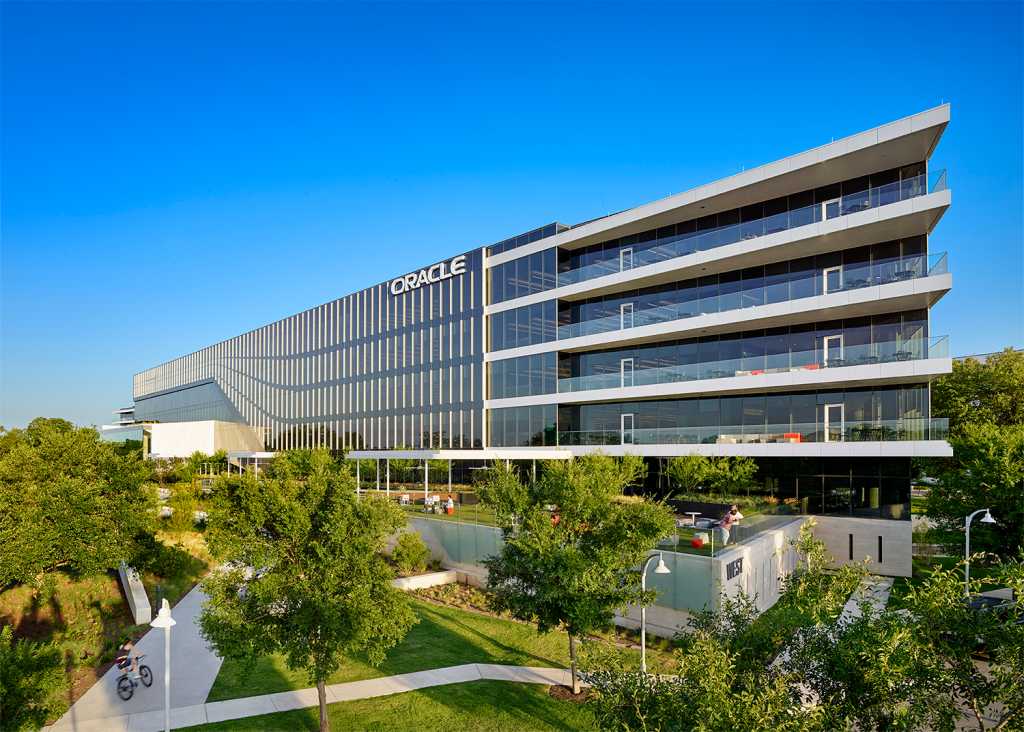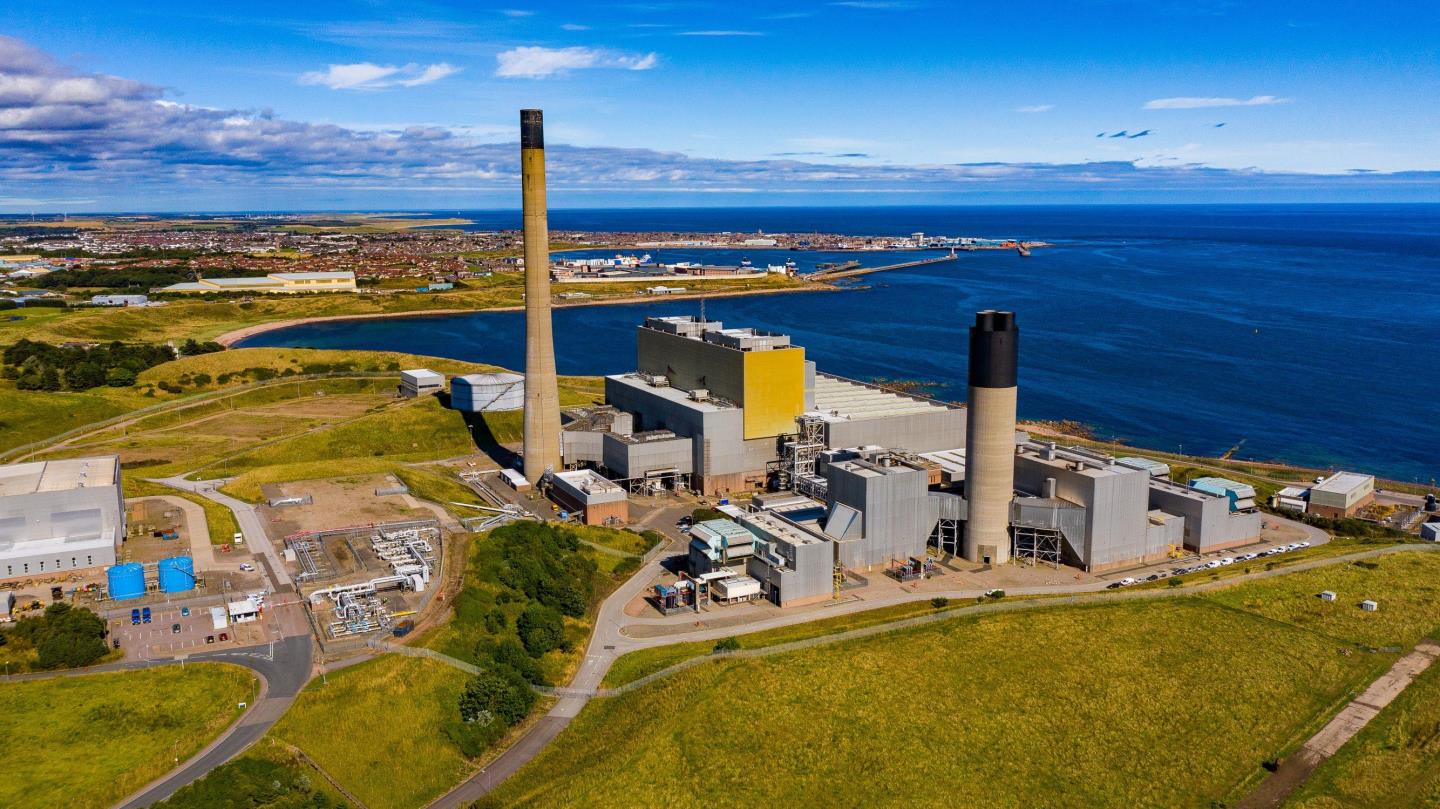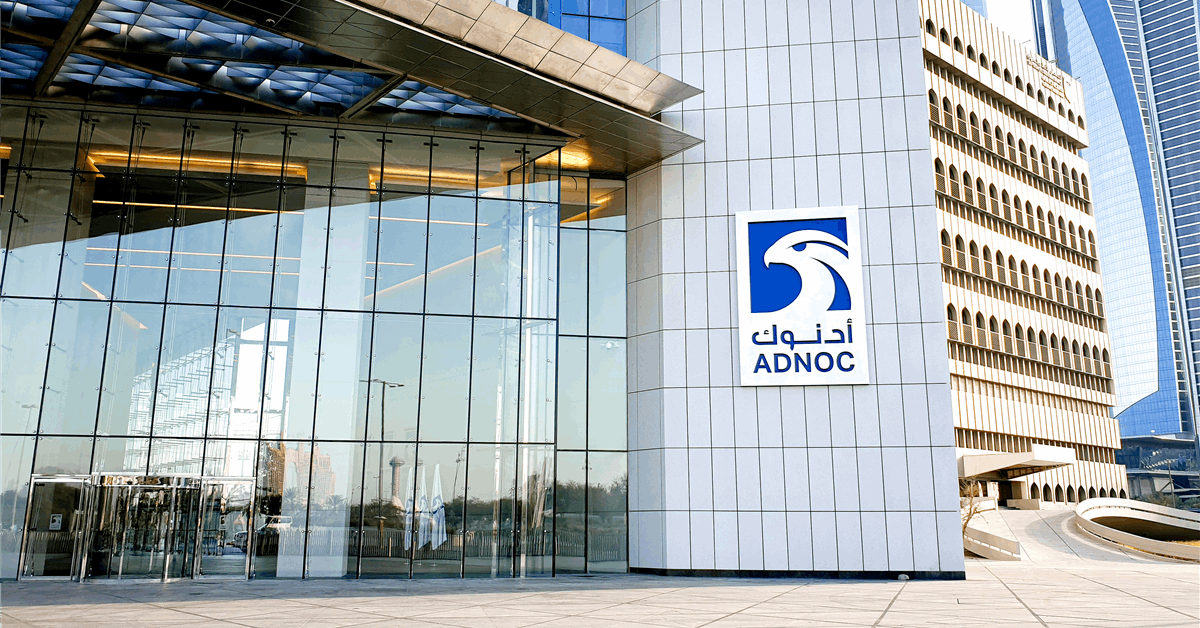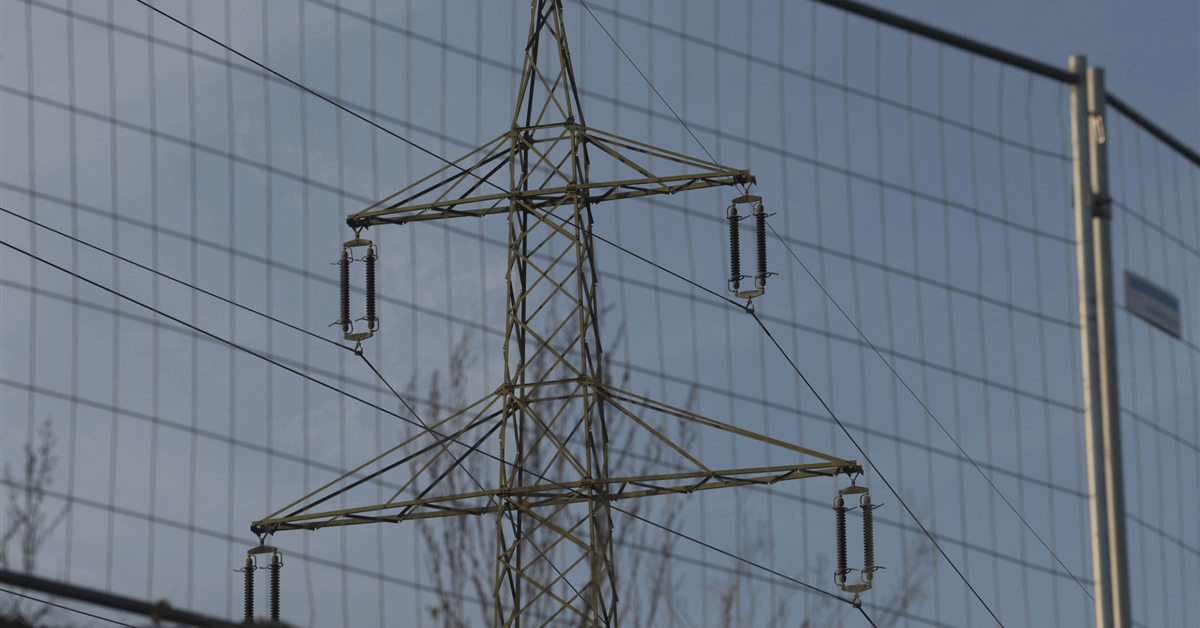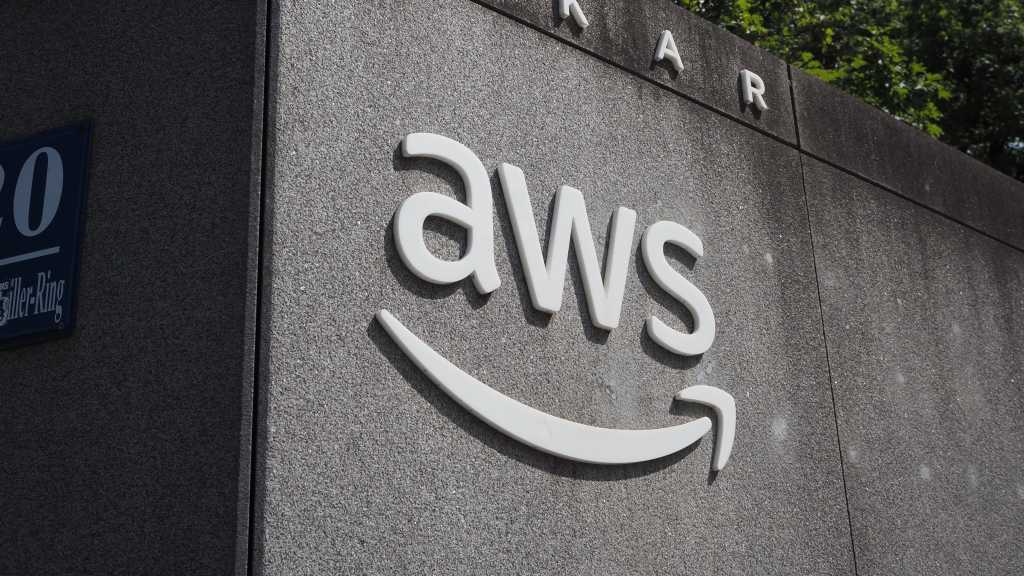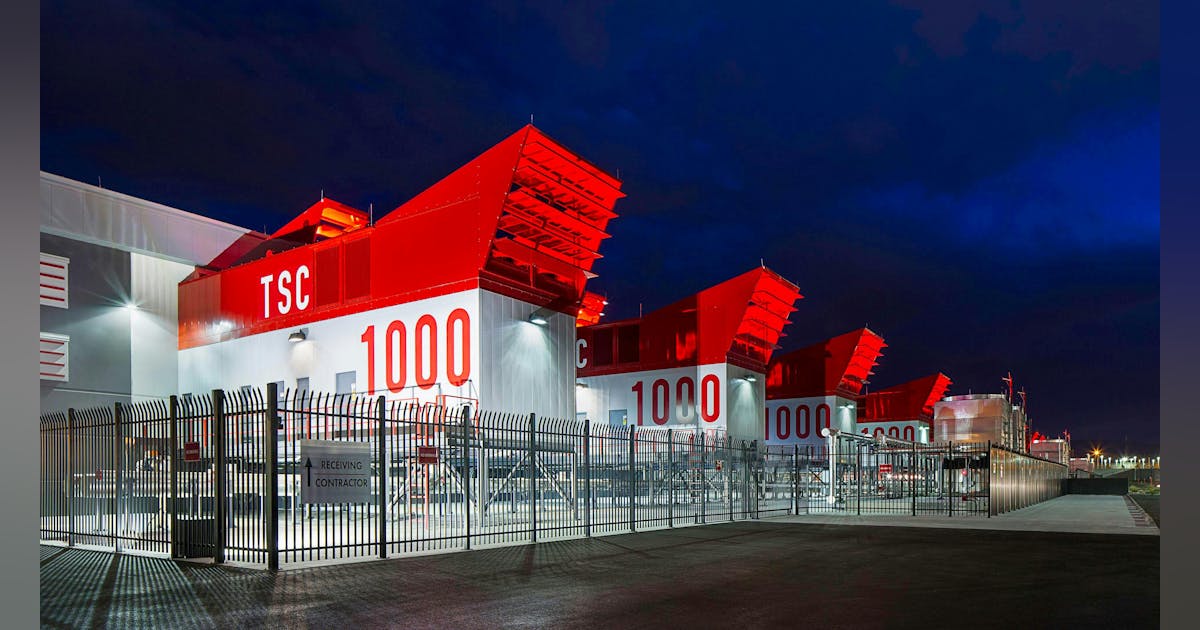The share of electricity in Ireland supplied by wind fell during 2024 due to grid constraints, an energy company has said.
Wind Energy Ireland said that despite wind supplying nearly a third of all electricity to the island of Ireland last year, the share of electricity provided by wind was down by 3% compared to 2023.
In its annual report published on Friday, it said this was largely due to wind farms being shut down because the electricity grid is not strong enough.
The report also noted a steady rise in electricity prices, with the average wholesale price of electricity at 136.99 euros per megawatt-hour during December, compared to 88.97 euros in December 2023.
Chief executive of Wind Energy Ireland Noel Cunniffe said last year was “the worst on record” for the amount of wind power lost.
“Every time a wind turbine is shut down because the grid can’t take the electricity, it means higher bills and more carbon emissions.
“Making the electricity grid strong enough to accommodate increasing volumes of renewable energy is essential. Building out our energy storage infrastructure is also vital so that we can save excess renewable energy for when we need it.”
It said the funding announced in Budget 2025 is expected to help reinforce the existing grid infrastructure.
The report calculated that 32% of the island’s total electricity supply came from Irish wind farms last year, with this rising to 41% during December.
Cork wind farms produced more wind energy than any other county, followed by Kerry, Galway and Offaly, the latter of which has made the top four counties for the first time.
Ireland now provides 5,000MW of onshore wind, which is more than halfway to the Climate Action Plan target of 9,000MW by 2030.
The amount of electricity generated by Irish wind farms last year was 13,258 GWh – more than one-and-a-half times the total consumption of all residential customers.
The figures in the annual report are based on EirGrid’s Supervisory Control and Data Acquisition data compiled by MullanGrid, market data provided by ElectroRoute and county-level wind generation data provided by Green Collective.
Mr Cunniffe added: “Irish people want the clean energy that wind farms provide and by growing our renewable energy sector, we can build an Ireland that is energy independent, delivering warm homes, cleaner air and one that meets the needs of our growing economy.”
Recommended for you

Wind power was largest source of electricity in 2024




